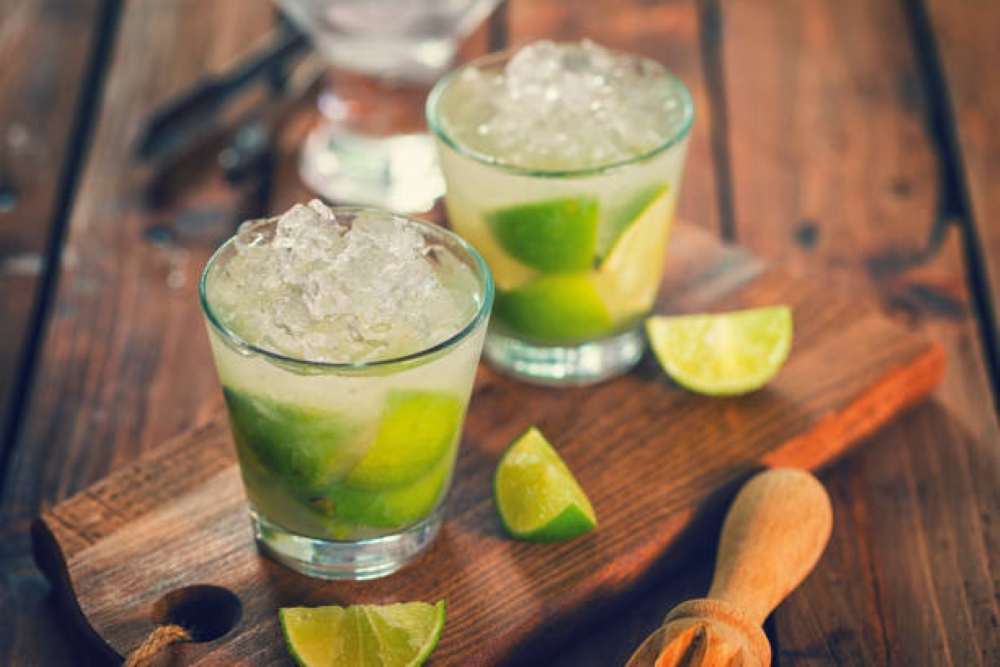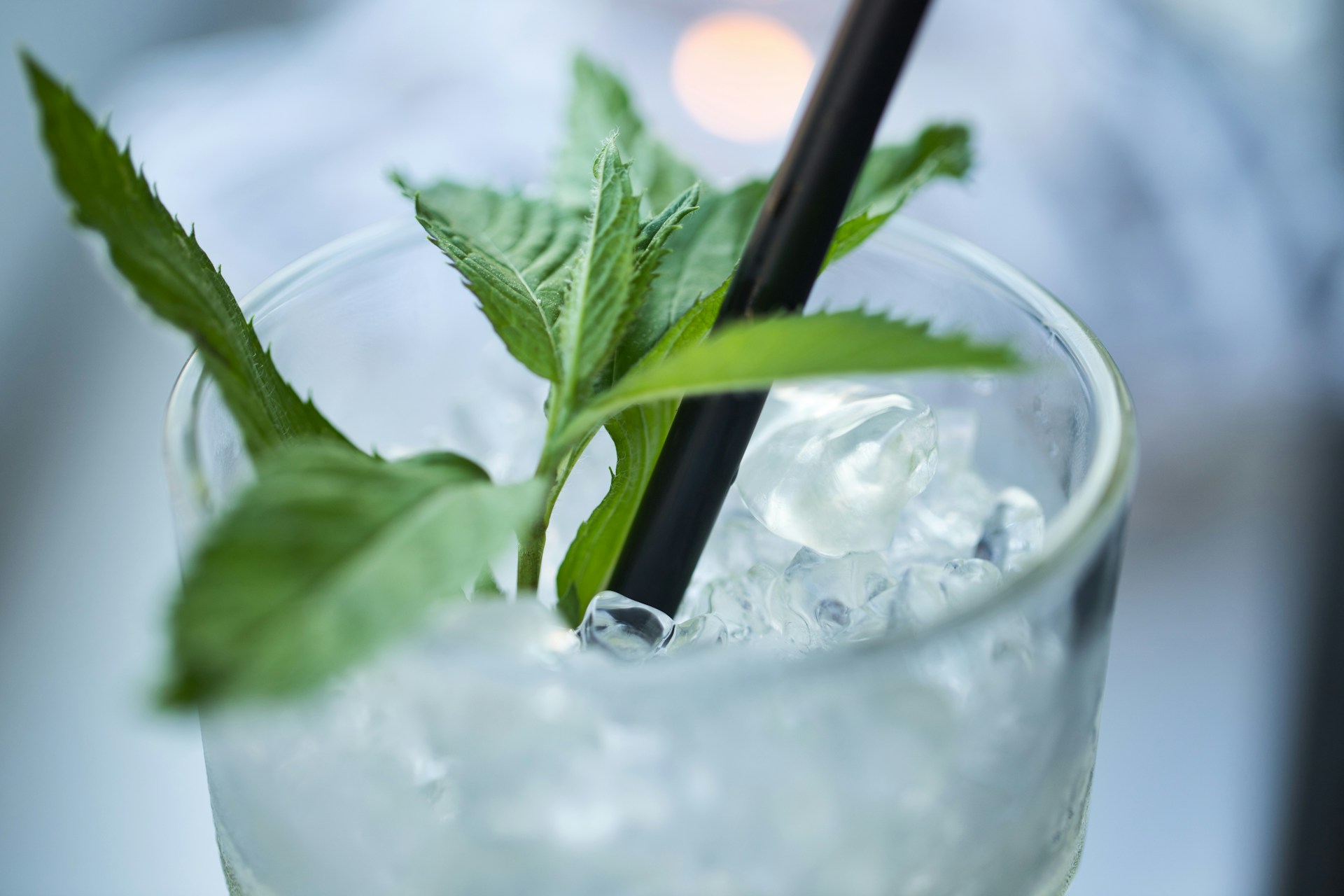
Have you ever heard of Cachaça? You have if you’re an avid fan of interesting, exotic spirits or you’ve ever traveled to a very large country in South America. For everyone else, Cachaça is sort of like rum, but not exactly. For starters, it’s a geographically specific spirit as it’s only made in Brazil. But it’s so much more than that. Keep reading below as we take a deep dive into Brazil’s native spirit.
What is Cachaça?

Cachaça is very similar to rum. However, while rum is made with sugarcane juice or molasses, Cachaça is only made with fermented sugarcane juice. One of the oldest spirits made in South America, Cachaça’s roots can be traced back to the 1500s when the Portuguese colonists first started building mills for sugarcane production. Of course, they also brought stills to make spirits.
There are certain rules designed to regulate this traditional spirit. Brazilian law states that to be called a Cachaça, it must be (you guessed it) produced in the South American country. It also must contain an alcohol content of between 38 and 54 percent. Like rum, the spirit can then be aged or un-aged and bottled.
What does Cachaça taste like?

Just like with rum, you can’t just make a blanket statement and say that Cachaça has a specific flavor profile. Some Cachaças are earthy, grassy, fruity, and have a bit of a barnyard funk. But that isn’t the case with all Cachaças. Aged Cachaça might still retain some of the grassy, sweet, fruity funk, but the oak will also impart wintry spices, vanilla, caramel, dried fruits, chocolate, and even coffee-like flavors. Many describe it as almost a hybrid of rum and tequila.
What’s the difference between rum and Cachaça?

You might be surprised to know that rum and Cachaça are so similar that even a decade ago, the spirit was allowed to be labeled as “Brazilian Rum.” As of 2013, that’s not the case anymore. Both are made with sugarcane, but that’s where the similarities end.
As we mentioned earlier, Cachaça must be made in Brazil, while rum can be made anywhere in the world from Cuba to Canberra. Cachaça must be made with fermented sugarcane juice, while some rums are made with sugarcane juice, and others are made with molasses.
Most rum is matured in oak, and a larger percentage of rums age in ex-bourbon barrels. Cachaça, on the other hand, can be aged in various types of wood. While oak is common, other woods include Amburana, Grápia, Araruva, and dozens more.
Unaged versus aged Cachaça

As was mentioned earlier, after distilling, Cachaça producers can either bottle it right away or age it for some time. Sometimes referred to as “white Cachaça”, un-aged Cachaça is bottled right after distillation. This means it keeps much of the sweet sugarcane flavor, but also is more earthy, funky, and fruity than its aged counterpart.
On top of its sugarcane sweetness and light funk, aged Cachaça is known for its vanilla, coconut, and sometimes gentle, nutty sweetness. While un-aged Cachaça is well-suited for mixing into a cocktail, aged Cachaça is crafted to be sipped neat or on the rocks. Aged Cachaça is also broken up into two classifications: Premium and Extra Premium. The former is matured for at least one year while the latter spends a minimum of three years maturing before it ends up in your glass.
How to drink Cachaça

Like with any spirit, there’s no wrong way to drink Cachaça. We’re not here to tell you you’re wrong if you mix it with Mountain Dew. If that’s your jam, you do you. Aged Cachaça is crafted to be enjoyed neat or on the rocks the way you might sip on a glass of bourbon, single malt Scotch whisky, añejo tequila, or dark rum.
Un-aged Cachaça isn’t for sipping. It can be a bit funky, earthy, and raw for some drinkers’ palates. It’s best used as the base for a cocktail. Cachaça can easily be used to give your favorite rum cocktail an exotic twist. But, if you want to get the most out of a bottle of Cachaça, you’ll make a Caipirinha.
The Caipirinha

The Caipirinha is Brazil’s national cocktail. Similar to a daiquiri, it’s made with Cachaça, freshly squeezed lime juice, and sugar. As simple as it is refreshing, this is the kind of drink that you’ll imbibe once and then drink early and often for the rest of the summer. The addition of a fresh lime wedge gives it an added kick of zesty citrus flavor.



